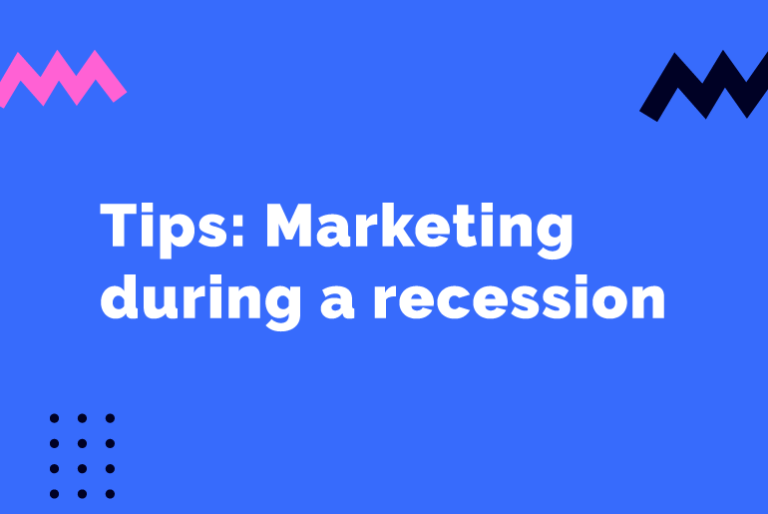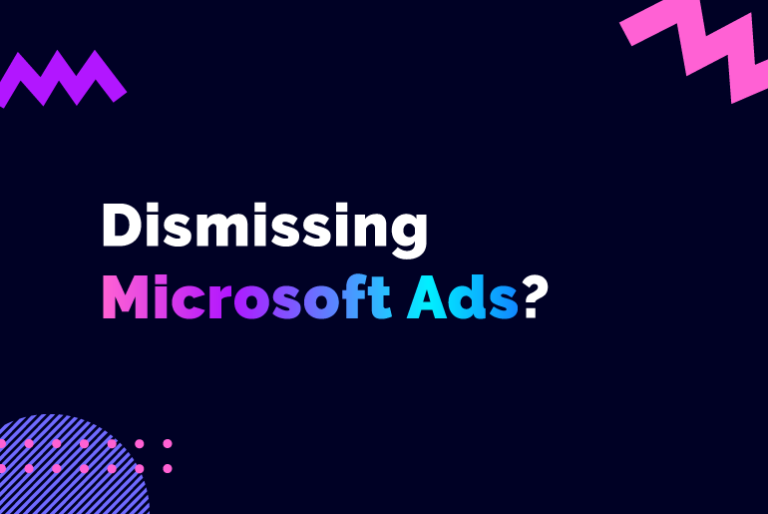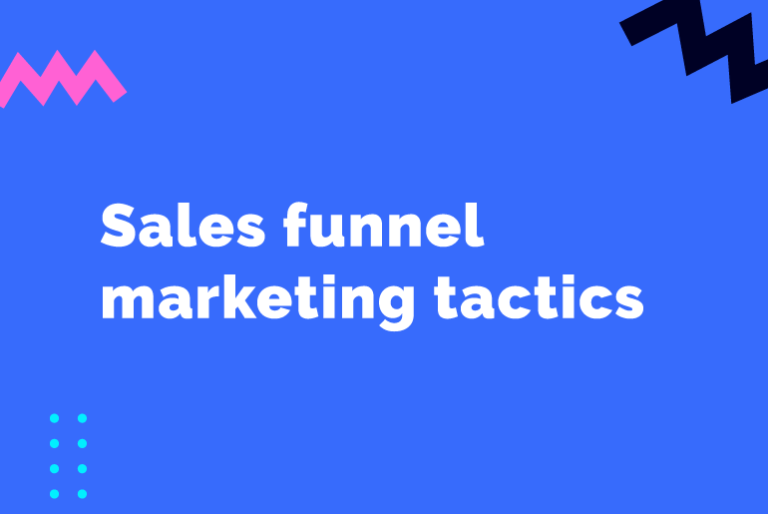Marketing during a recession can be a challenge for businesses, but it is also an opportunity to stand out and grow. Despite the negativity surrounding recessions, they are not always as bad as the media claims. Businesses that put in the extra marketing effort can see the benefits and come out on top. So let’s cover strategies for marketing a business during a recession and why it is important to do so.
First, it is important to understand why recessions happen and what their effects can be. Recessions occur when there is a significant decrease in economic activity, resulting in a drop in demand for goods and services. This decrease in demand can lead to job losses, decreased consumer spending, and a general sense of uncertainty among the public. The media often exacerbates these negative effects by focusing on the negative aspects of recessions and neglecting to highlight the positive opportunities that can arise.
Despite the media’s focus on the negative aspects of recessions, it is important to remember that they are not always as bad as they are portrayed. In fact, recessions can present a unique opportunity for businesses to stand out and grow. During recessions, consumers tend to be more cautious about spending their money. They are more likely to seek out bargains and deals, and are more likely to pay attention to advertising and marketing messages.
In order to take advantage of this opportunity, businesses must be strategic in their marketing efforts. Here are some tips for marketing a business during a recession:
1. Focus on value
Consumers are looking for value during recessions, so it is important to highlight the value that your business provides. Offer discounts or special deals, and make sure to communicate the value of your products or services clearly and effectively.
2. Emphasise quality
Consumers may be more willing to spend their money on high-quality products and services during a recession, so it is important to emphasise the quality of what you offer. Highlight the features and benefits of your products or services, and emphasise how they can improve the lives of your customers.
3. Diversify your offerings
During a recession, it can be helpful to diversify your product or service. This can help you reach a wider audience and increase your chances of finding success. Consider offering new products or services that appeal to your target market, or expanding into new markets.
4. Maximise digital marketing
Digital marketing can be a cost-effective way to reach a large audience during a recession. Utilise paid advertising, social media, email marketing, and other digital marketing channels to promote your business and reach potential customers.
5. Network and collaborate
Networking and collaboration can be valuable during a recession, as they can help you connect with other businesses and potential customers. Attend industry events, join trade organisations, and seek out opportunities to collaborate with other businesses.
6. Be adaptable
Recessions can be unpredictable, so it is important to be adaptable in your marketing efforts. Be open to new ideas and be willing to pivot your strategies if necessary. Stay attuned to changes in the market and be ready to make adjustments as needed.
In summary, recessions are not always as bad as the media claims and can present a unique opportunity for businesses to stand out and grow. By focusing on value, quality, diversification, digital marketing, networking, and adaptability, businesses can effectively market themselves during a recession and reap the benefits.
The key is to be strategic and proactive, and to not be intimidated by the challenges posed by a recession. By putting in the extra marketing effort, businesses can come out on top and achieve success even in the face of economic uncertainty.










